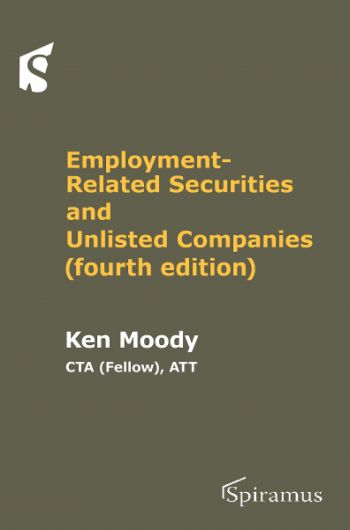
The main aim of this work is to provide comprehensive analysis of the Employment Related Securities (ERS) legislation at ITEPA 2003, Part 7, drawing on the legislation itself, HMRC guidance and the author’s own thoughts and experience. The focus is on unlisted companies though the commentary is relevant to awards of ERS and ERS options in general. Chapters 2 to 4 of Part 7 are principally anti-avoidance legislation applying to:
Chapter 5 of Part 7 concerns ERS options, while the rest of Part 7 mostly contains the detailed rules relating to awards of shares and share options under the tax-advantaged employee share schemes: SIPs, SAYE options, CSOP and EMI.
A chapter of this work is devoted to each chapter of Part 7, again with the emphasis on unlisted companies where for example the restricted securities rules at Chapter 2 are highly relevant. Of the tax-advantaged share schemes, EMI (Enterprise Management Incentives) in Chapter 5, is mainly used by unlisted companies due to the financial and other limits applicable. Major coverage is therefore given to those chapters of Part 7.
However, this work would not be complete without also analysing other tax legislation relevant to ERS and ERS options in general, including:
Additional chapters of this work therefore cover those areas in some detail. A review of the decisions of the tax tribunals and courts concerning arrangements or ‘schemes’, aimed at avoidance of income tax and NICs involving ERS, also seems on-topic and merits a chapter of its own.
Part 7 is in parts complex and confusing legislation, but some understanding of which is essential for professionals advising companies of any size. The detailed commentary in this work aims to provide its target audience with as complete a guide as possible to both the technicalities and the practicalities involved in both the interpretation and the application of the ERS rules.